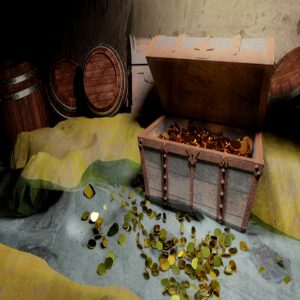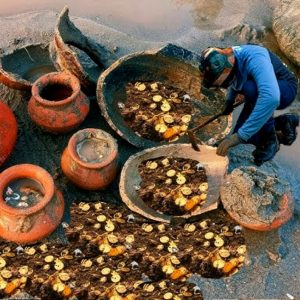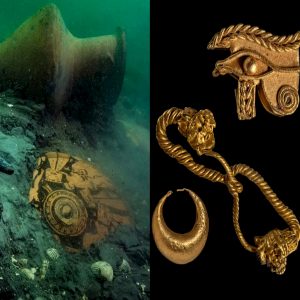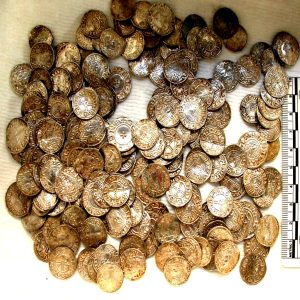The East of England has been named the best place in the country to hunt for buried treasure, according to new figures.

The region is the top spot for treasure discoveries, according to provisional figures from the Department for Digital, Culture, Media and Sport (DCMS), with some 249 finds made last year.
Norfolk was the top county in which to seek out treasure, with 104 treasure discoveries, while Essex clocked up 51.

Lincolnshire was another hotspot for treasure discoveries as 47 finds were made in 2020.
Among the discoveries to have come to light recently was the largest-ever hoard of Anglo-Saxon gold coins ever discovered in England.
The 1,400-year-old hoard – comprising 131 gold coins and four other objects – were discovered in a west Norfolk field, though their finders’ identity has been protected.
Overall in 2020, there were 1,077 discoveries in England, Wales and Northern Ireland last year, making it the seventh year in a row that the number of treasure finds topped 1,000.
A breakdown of the types of objects found in 2020 is not yet available.

The BBC show Detectorists, starring Toby Jones and Mackenzie Crook, about eccentric metal detectorists who hope to unearth the fortune of a lifetime in north Essex may have had a part to play in the number of treasures unearthed.
Detailed figures available for 2019 show 1,303 treasures were found, including 1,246 finds from metal detecting.
Among the discoveries were 1,060 objects dating from a range of periods including the Bronze Age, the Iron Age, medieval and the 18th-21st centuries.
These were described as “object cases”, meaning they are non-coin finds. There were also 243 coin cases among the treasures reported in 2019.

Museums also managed to bolster their collections as 352 discoveries were either acquired or donated to them.
The DCMS figures show the number of reported treasure finds for 2019 and provisional figures for 2020 within England, Wales and Northern Ireland.





